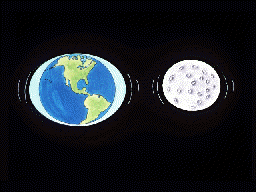This image shows the Earth and the moon, and the bulges produced on each side from the tides.
Click on image for full size
Tidal Forces
The force of gravity caused by an object gets weaker as you move
farther away from that object. In this picture, the Earth is pulling
on the Moon, and the Moon is pulling on the Earth. The Moon pulls
more strongly on the side of the Earth facing the Moon than on the
side facing away from the Moon. Because the gravitational force on one
side of the planet is different from that on the other side, it is called a
tidal force.
Because planets are not perfectly rigid, they change their shape
when they are pulled this way. They get pulled out as if they are
being pushed from the top and bottom (Earth also bulges at the equator all the way around because it is spinning). Thus they form two bulges on either side of the planet. These two bulges are called tides.
On Earth, near the ocean, these tides can actually be seen. The ocean
water rises high along the beach, twice each day.
If a body is very rigid or is not held together well, instead of
getting pushed and pulled out of shape, the tidal forces can actually
tear the body in half, as with comet
Shoemaker-Levy 9.
You might also be interested in:
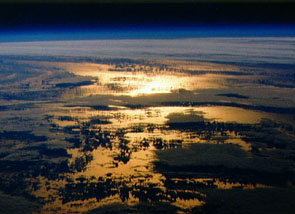
Ok. Let's get some terminology down first. If a body (like the Earth) is orbiting around the Sun, we say it is closest to the Sun at perihelion and farthest from the Sun at aphelion. If a body (like the
...more
Have you ever walked along a beach at low tide? Maybe you've had the opportunity to explore the world the sea water revealed when the water receded? Everyone likes to look for uncovered sea shells or the
...more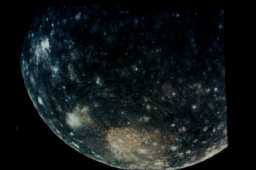
Most of the moons and planets formed by accretion of rocky material and volatiles out of the primitive solar nebula and soon thereafter they differentiated. Measurements by the Galileo spacecraft have
...more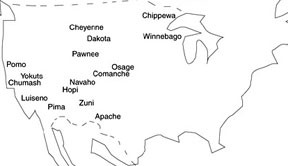
By 30,000 B.C,. Asian hunter-gatherers had crossed the Bering Strait into North America. These people were the first to inhabit this new land and so they are known as the Native Americans of North America.
...more
AU stands for Astronomical Units. Distances in space are too large to measure in Earth standards like miles or kilometers. For distances too large to measue in AU, we use light years. A light year is the
...more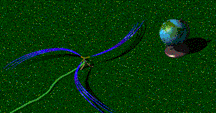
The solar wind is formed as the Sun's topmost layer blows off into space carrying with it magnetic fields still attached to the Sun. Gusts and disturbances form in the solar wind associated with violent
...more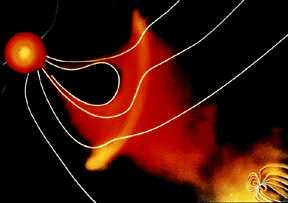
For a planet to be affected by a blob of material being ejected by the sun, the planet must be in the path of the blob, as shown in this picture. The Earth and its magnetosphere are shown in the bottom
...more


